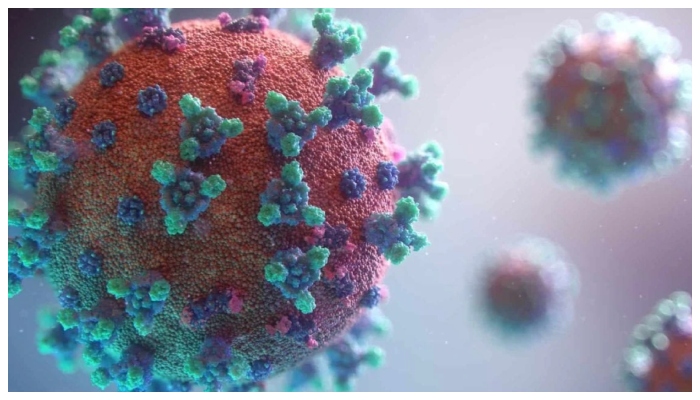
Recent data published by the Centers for Disease Control and Prevention (CDC) reveals a worrisome trend in COVID-19 hospitalisations across the US.
According to the CDC’s report, there has been an increase of more than 10% in weekly hospitalisations, making it the most significant surge in this key indicator since December.
The week of July 15 saw 7,109 admissions of COVID-19 patients, up from 6,444 the previous week.
Additionally, another crucial hospital metric, measuring the percentage of emergency room visits with COVID-19, has also been rising steadily.
As of July 21, this figure stood at 0.73%, compared to 0.49% on June 21.
It’s essential to note that these rising figures come after several months of declining COVID-19 trends since the last winter wave of infections.
CDC spokesperson Kathleen Conley explained that early indicators like emergency department visits, test positivity rates, and wastewater levels had signalled an impending increase in hospitalisations.
Conley emphasised that despite the rise, most counties are currently experiencing “low” levels of COVID-19 hospital admissions, which fall below the threshold requiring additional precautionary measures to control the virus.
However, the Midwestern region, encompassing states like Illinois, Indiana, Michigan, Minnesota, Ohio, and Wisconsin, was the only area that did not witness a rise in hospitalisations last week compared to the previous week.
It’s important to maintain perspective, as current hospitalisation levels remain considerably lower than the numbers recorded at the same time last year.
During July 2022, there was a peak of more than 44,000 weekly hospitalisations and 5% of emergency room visits linked to COVID-19, contributing to a severe strain on hospitals during the summer surge.
The situation’s uncertainty is reflected in projections from various academic and federal modellers, who anticipate the main period of COVID-19 activity to occur in late fall and early winter over the next two years, with a median peak incidence between November and mid-January.
While some models predict additional smaller peaks at different times throughout the year, it is clear that the US has experienced successive increases in COVID-19 cases during the past three summers.
Unlike previous waves driven by dominant variants, the current surge has not been primarily influenced by one particular variant.
The CDC’s projections indicate that a mix of descendants from the XBB variant, which initially drove infections during the winter, are currently circulating throughout the country.
Notably, vaccines have been instrumental in curbing the impact of the virus, and updated versions targeting these XBB strains are expected to be available by late September.
The CDC has emphasised that the distribution of current vaccine supplies will wind down soon in preparation for the update, and the transition to a traditional commercial market for vaccines will take place.
However, the CDC will continue shipping current vaccine supplies until September for exceptional circumstances.
While the upcoming vaccines are anticipated to offer more robust protection against currently circulating variants, certain individuals may still need or desire a COVID-19 vaccine before the updated version is released in the fall.